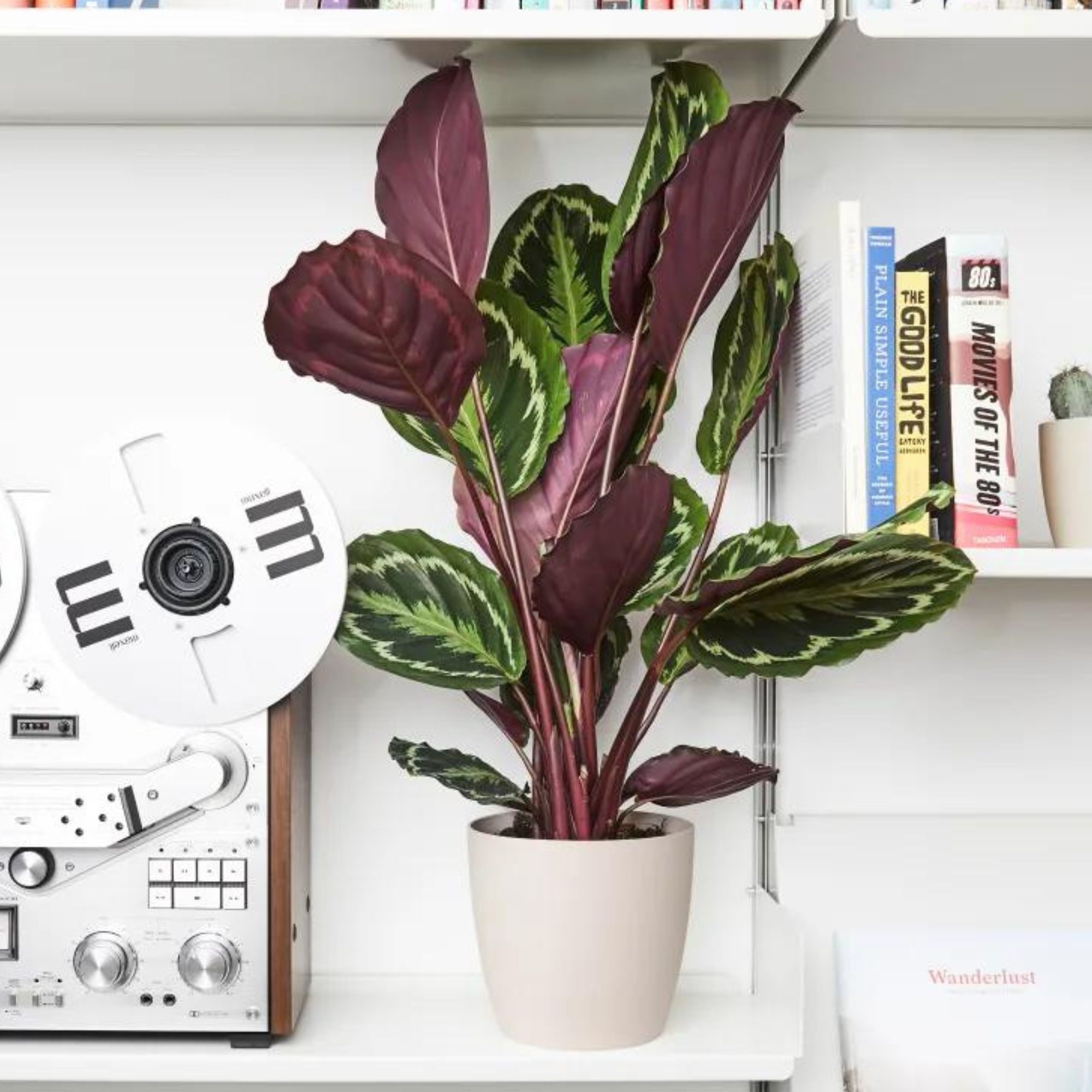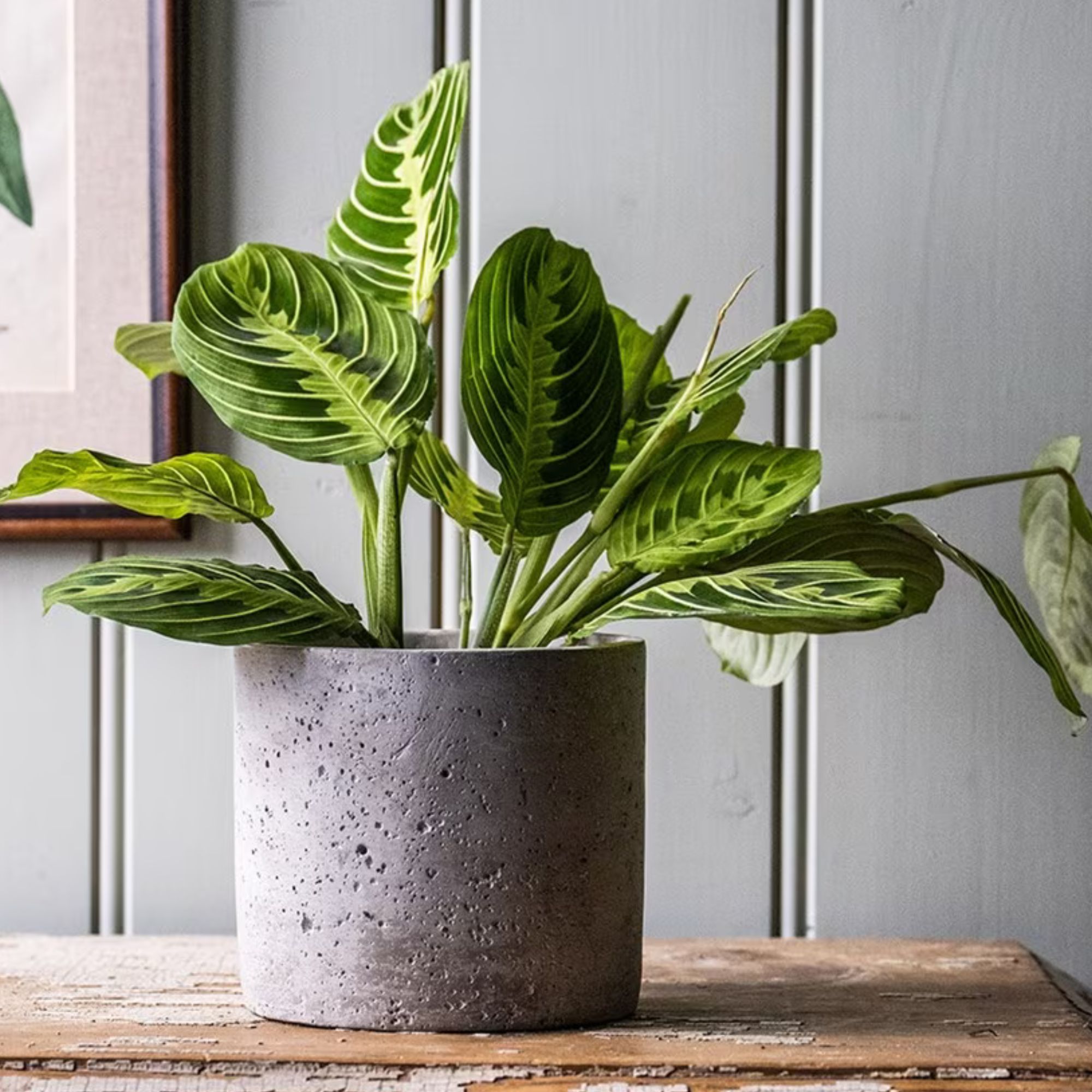How to care for a prayer plant - how to help this shade-loving plant to thrive
Originating from tropical rainforests, prayer plants are ideal for rooms with lower light levels and will thrive in warmer environments


Loved for its rich colour and vibrant character, prayer plants are an iconic member of any houseplant collection.
Part of the Marantaceae family, these vibrant house plant ideas are renowned for their glossy green leaves and pink stripes, though there are other types of prayer plant, such as Maranta leuconeura var. Kerchoveana, and Maranta leuconeura ‘Lemon Lime’, which sees the leaves in a palette of green hues.
‘The maranta plant is known as the prayer plant because its leaves lie flat during the day and then fold up like praying hands at night,’ explains Dani Turner, customer experience director at Bunches. Calathea, which are from the same family as Maranta, are sometimes marketed as prayer plants but they do not close at night.
How to care for a prayer plant - What you will need
- Prayer plant – varieties include Maranta leuconeura var. erythrophylla ‘Tricolour’ and Maranta leuconeura ‘Fascinator’
- Plastic pot with drainage holes – one size larger than the size of the plant bought
- Decorative pot without holes
- A liquid houseplant fertiliser, for example, Baby Bio Houseplant Fertiliser on Amazon
- A trowel
- Houseplant compost, such as Westland Houseplant Potting mix on Amazon
Where to buy prayer plants

Best for beginners
Priced at only £6, this baby plant is perfect for beginners. Though only 6cm tall it will quickly grow into a beautiful houseplant.
Where should I keep my prayer plant at home?
As with any houseplant – for example, snake plants – the perfect position is one that mimics its natural environment. Prayer plants originate from the Central and South American rainforests where they grow on the forest floor meaning they thrive in darker conditions – making prayer plants one of the best houseplants for low-light.
‘Prayer plants are also sensitive to cold or temperature changes – warm, humid bathrooms are great but not when you open the window,’ says Hayley Stephens, founder of Mint Plants.

Beth started Leaf Envy doing pop-ups on her sisters' canal boat along Regents Canal. She joined Google for StartUps Female Founder program in 2019, and has since transformed her business into in a flourishing company, selling a wide variety of different plants along with sharing her expert advice.
‘In their natural habitat, prayer plants get dappled light at most, so keep away from bright windows – too much light will make it go pale and sad.’
Prayer plants are also good for our physical and mental health – in fact they are one of the best houseplants to boost wellbeing. ‘They purify the air, improve humidity and have a therapeutic presence. Prayer plants appear to go to sleep at night and wake each morning, which is a great grounding ritual to observe in your home,’ says Leaf Envy founder, Beth Chapman.
Get the Ideal Home Newsletter
Sign up to our newsletter for style and decor inspiration, house makeovers, project advice and more.

How often do you water a prayer plant?
The biggest challenge of raising a prayer plant is achieving the right levels of humidity. ‘A gentle misting will help to maintain moisture levels. Alternatively, you can place some pebbles under the base of the nursery pot and cover them with water. This will create a general humidity around the plant without flooding the soil,’ explains Holly Zawadzka, co-founder of Stupid Egg.
Another way to increase humidity is to group together lots of house plants – this can be beautifully realised as seen in these living room house plant ideas.
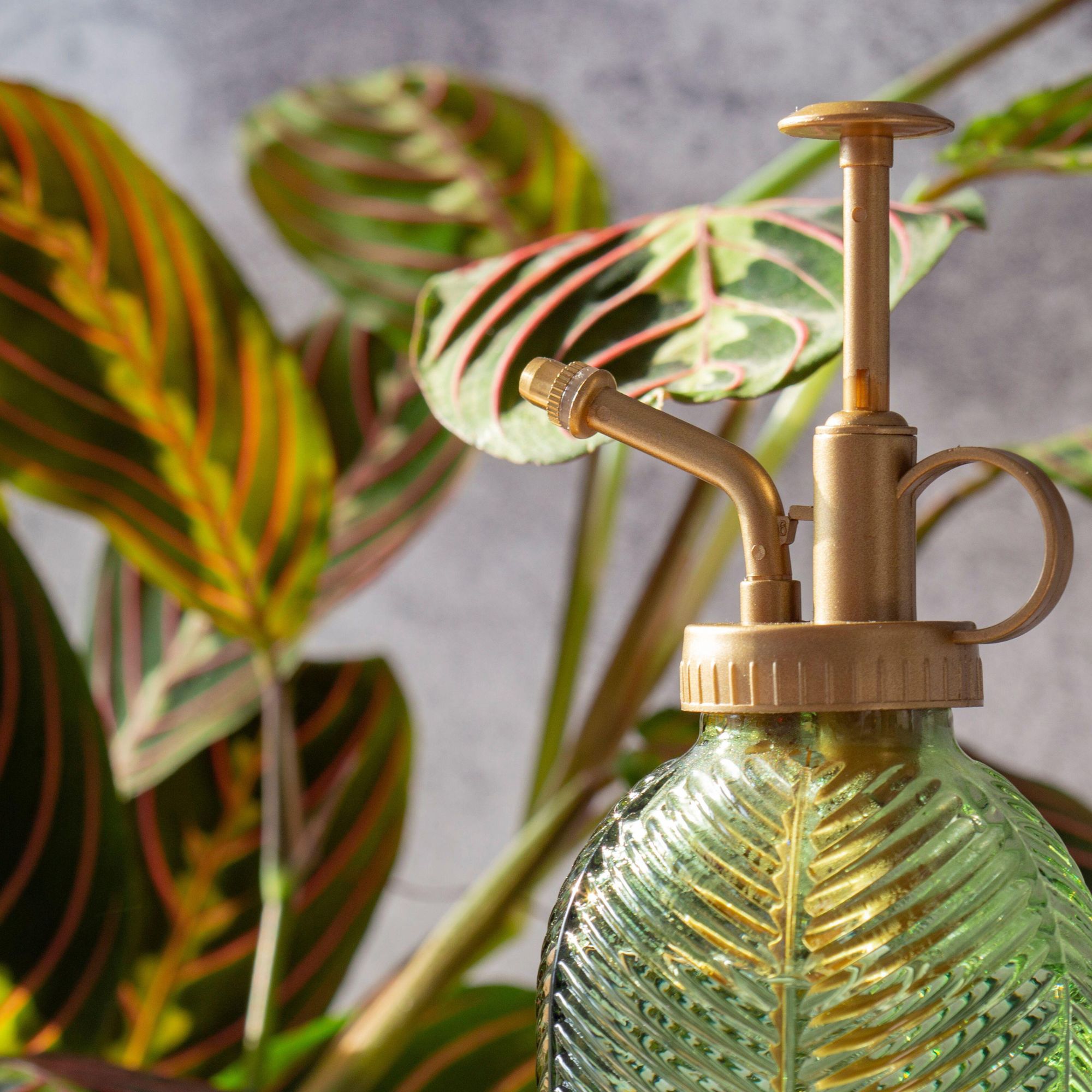
As moisture-loving plants, regular watering is key. ‘Prayer plants do not like to dry out,' adds Holly.
'We advise watering by touch rather than time. When the top 1-2cm of the soil feels dry it is time to get the watering can out. This method will ensure that you aren’t overwatering – especially in winter,’ adds Holly. ‘Another tip is to only water from the base. Place your plant in a bowl of water or pop some water in the bottom of the decorative planter. After approximately 30 minutes remove the plant or tip away any excess water. This way you are not flooding the roots or washing away those important nutrients in the soil.’
Prayer plants can be sensitive to the water you give them, especially if you live in a hard water area. ‘A sustainable way to get around this is to water with rainwater – your plant will be grateful for all the extra nutrients, too,’ advises Jo Lambell, founder of Beards & Daisies.
While peace plants aren't one of the easy-to-care for houseplants but they are worth the additional care – you'll fall in love in no time.
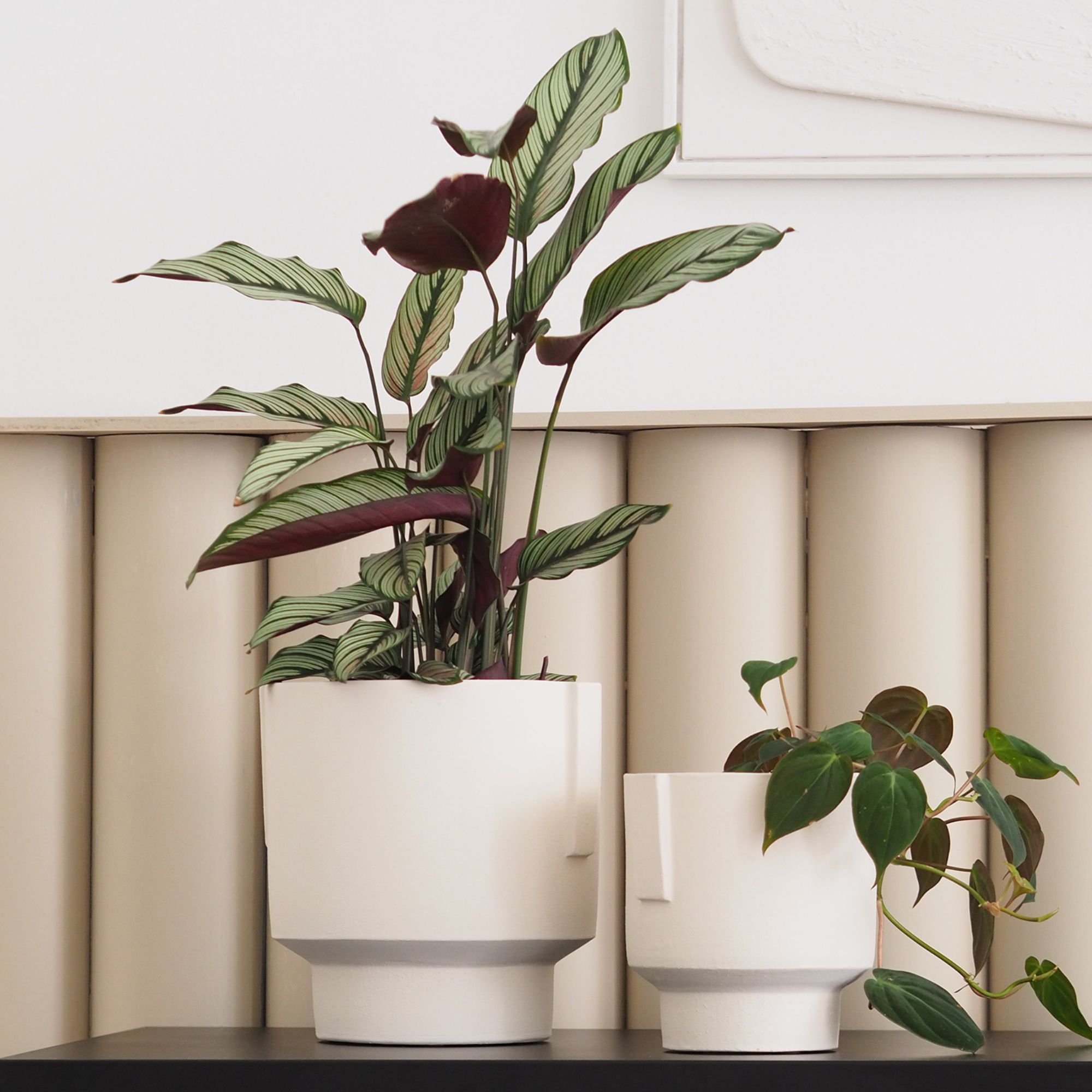
When should I repot a prayer plant?
Prayer plants are quick growers, so require regular repotting. ‘The best time of year to repot is spring or early summer when your plants are in a growth period and can handle the shock of moving house,’ advises Beth Chapman.
Despite its rapid growth pattern, opt for a pot that is only a few centimetres larger than the current one. ‘Increasing the pot size too quickly can cause issues. With too much spare soil the plant can drown in the excess water or it will spend all its time growing new roots to fill the pot rather than growing new leaves,’ explains Holly.
The process of repotting is similar to that of other houseplants, but Hayley advises using a soil that is ‘a mix of peat-free compost, perlite and coir.’
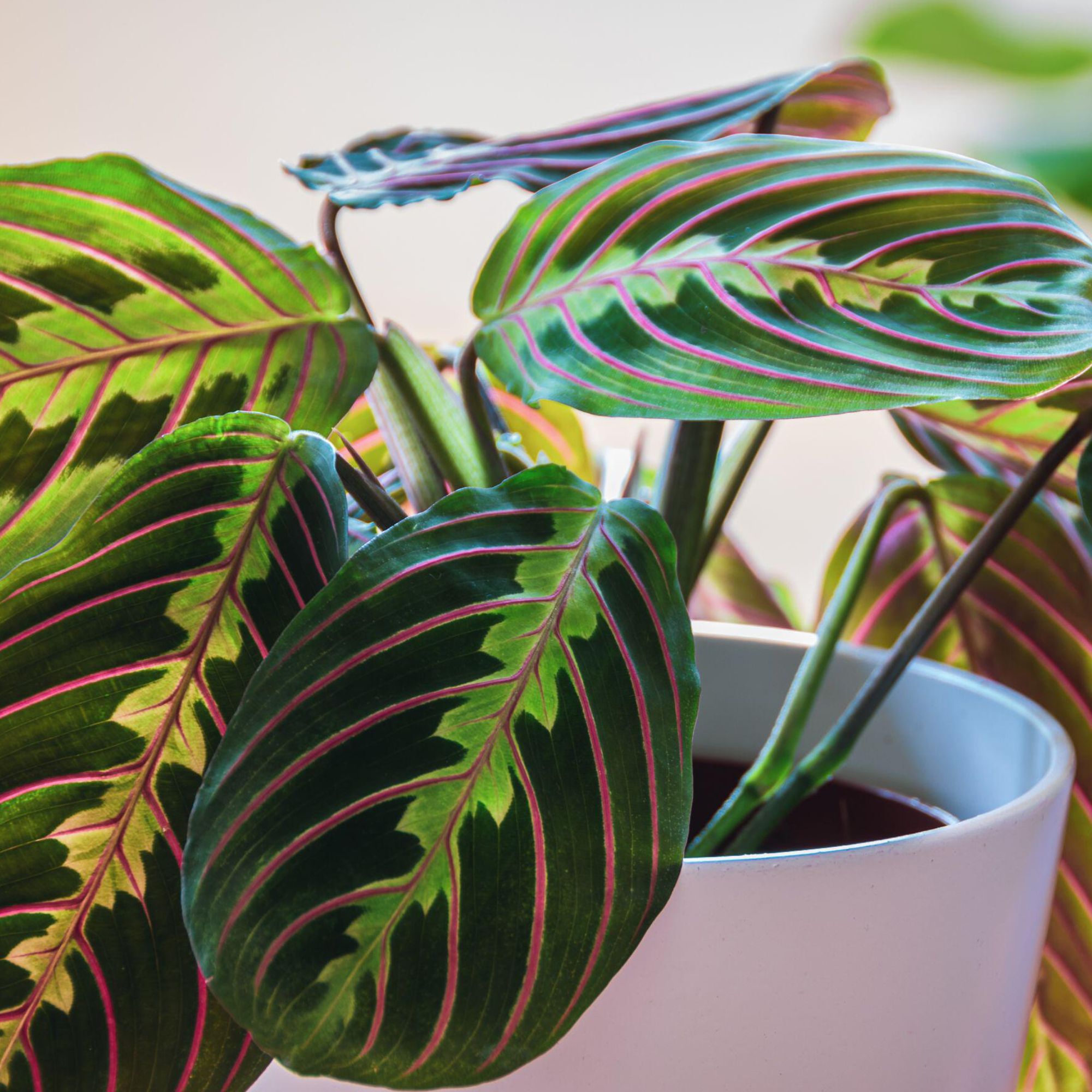
How often do you feed prayer plants?
As one most Instagrammed house plants, you need to keep your prayer plant looking pretty. Feeding is essential to ensure that your plant has enough energy. ‘It is important to feed your Maranta, especially during the growing season when the plant requires more energy to push up those fascinating leaves. Aim for every 3-5 weeks in the summer, reducing to every 6-8 weeks in winter,’ says Holly.
‘When happy, it will produce long upright stems of tiny lilac flowers,’ says Hayley. However, flowering demands a lot of energy, so in smaller plants it is best to remove the buds so the plant can focus its energy into producing leaves.

Can prayer plants be propagated from cuttings?
When it comes to houseplants, the more the merrier – whether you are looking to increase your own collection or gift them to loved ones. Thankfully, prayer plants are really easy to propagate.
‘Take cuttings beneath the first node of the stem, and pop them into water until they form roots – also known as hydroponics. They can then be planted in soil. The cuttings can also be placed directly into soil but controlling the water levels is trickier,’ says Holly. ‘Plant cuttings together in a pot for an instantly full plant or place them into the same pot as the parent to create a bushier plant.

How do I know what's wrong with my prayer plants?
Yellowing leaves indicate poor drainage or overwatering. Ensure pot has adequate drainage and that the plant is not sitting in water. In extreme cases, repot in dry soil.
Curled brown leaves ‘Your prayer plant might be underwatered, exposed to cold drafts or be lacking humidity,’ says Beth Chapman.
Crispy edge leaves Exposure to direct sunlight can cause the leaves to scorch. Move out of direct sunlight and increase the humidity with regular misting.
Spider mites ‘Keep a humid environment and mist regularly to keep them at bay,’ advises Beth Chapman.

Holly is one of Ideal Home’s content editors. Starting her career in 2018 as a feature writer and sub-editor for Period Living magazine, she has continued this role also adding regular features for Country Homes & Interiors and the Ideal Home website to her roster. Holly has a passion for traditional and country-inspired interiors – especially kitchen design – and is happiest when exploring the countryside and hills of the Lake District. A keen gardener, she is a strong believer that you can never have too many houseplants.
-
 Can I paint over old paint on a front door? Experts reveal when it's OK to skip this step
Can I paint over old paint on a front door? Experts reveal when it's OK to skip this stepIf you're repainting your front door this spring, here's what you should be doing with the old paint first
By Katie Sims
-
 What is a retrospective party wall agreement?
What is a retrospective party wall agreement?Experts explain what it is and when you need one
By Natasha Brinsmead
-
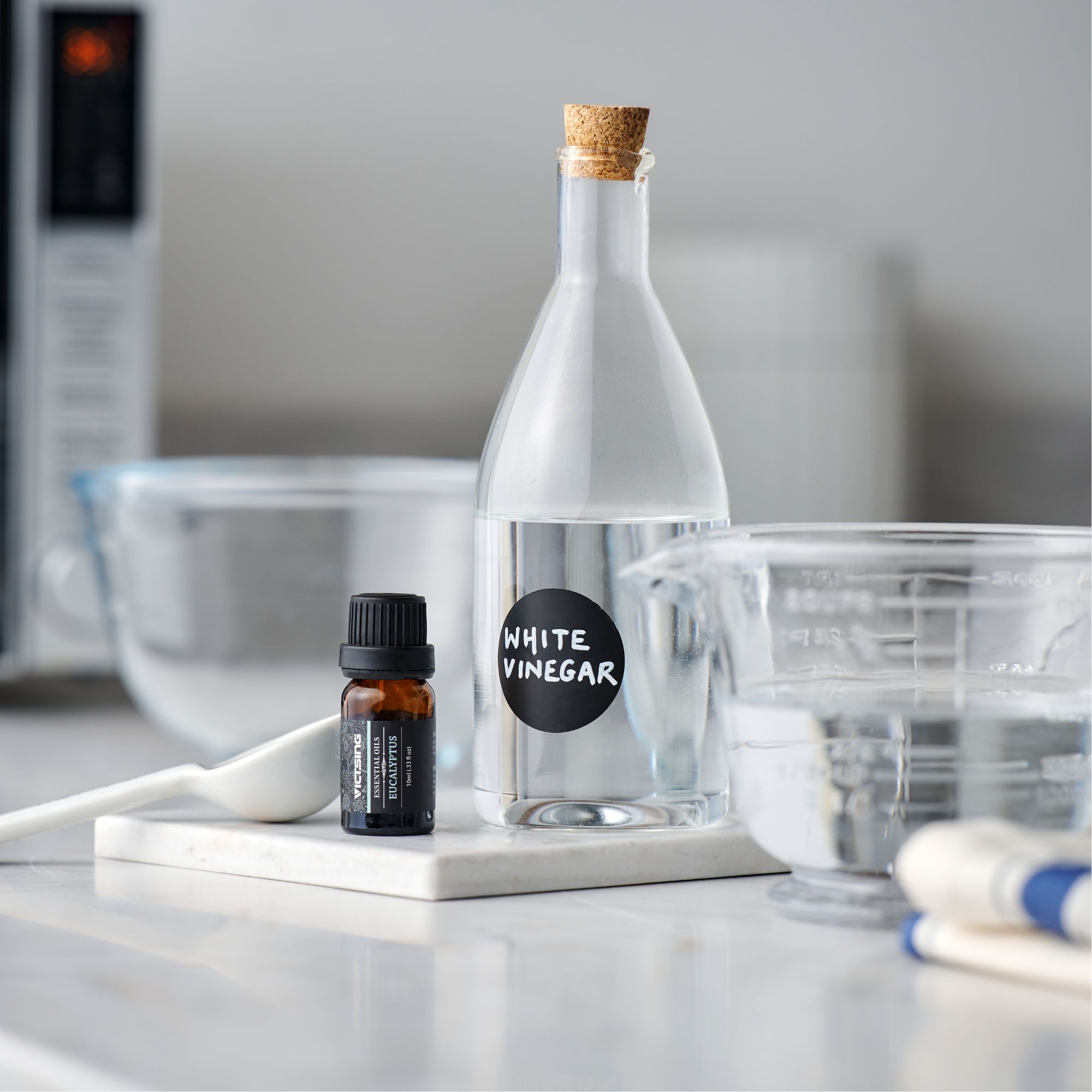 Cleaning experts say you need a dust repellent spray to keep hay fever symptoms away – and it costs just 35p
Cleaning experts say you need a dust repellent spray to keep hay fever symptoms away – and it costs just 35pIt saves time on your cleaning schedule and alleviates symptoms
By Kezia Reynolds
-
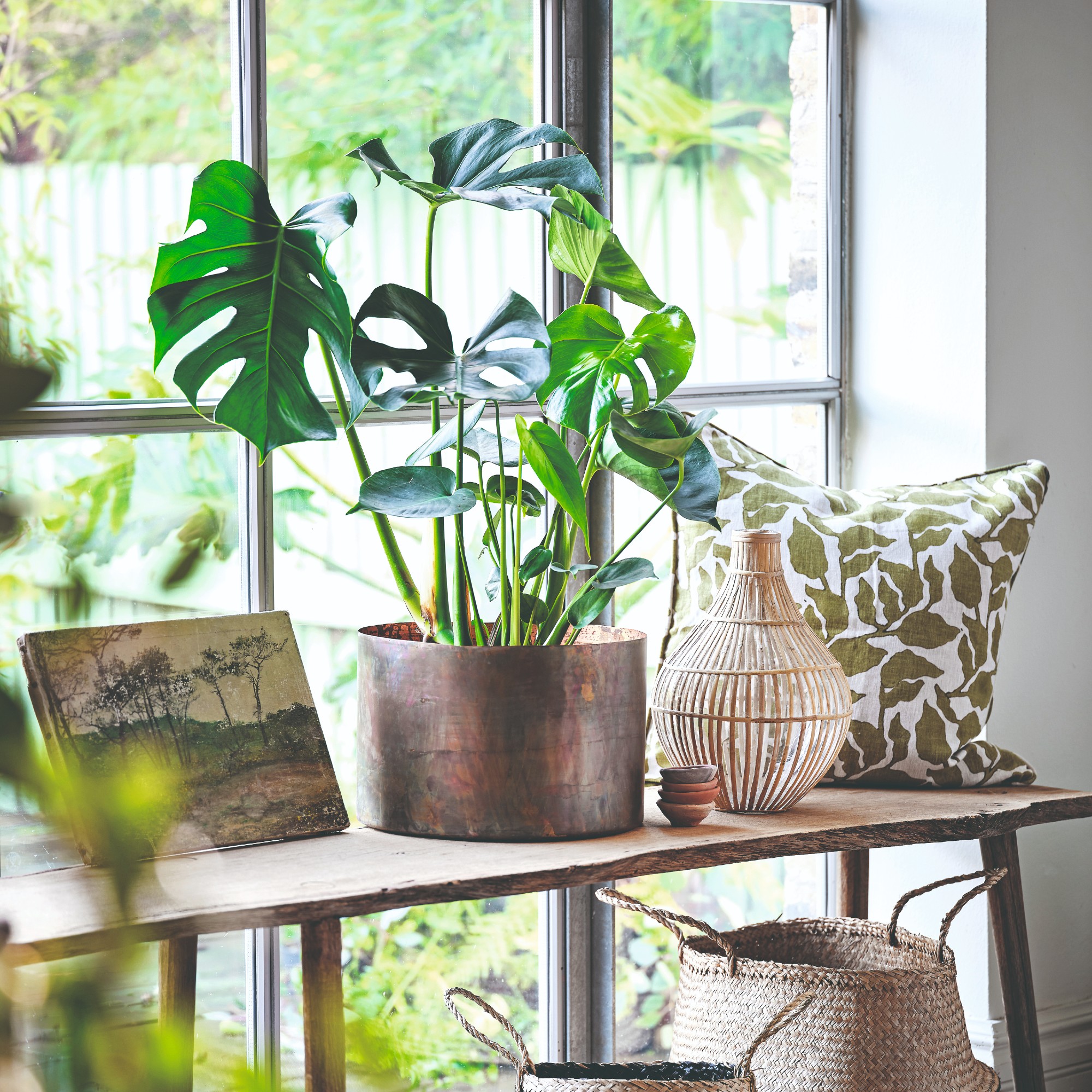 Best soil for Monstera – this is the perfect mix for healthy Swiss cheese plants
Best soil for Monstera – this is the perfect mix for healthy Swiss cheese plantsAll the ingredients you should look out for
By Sophie King
-
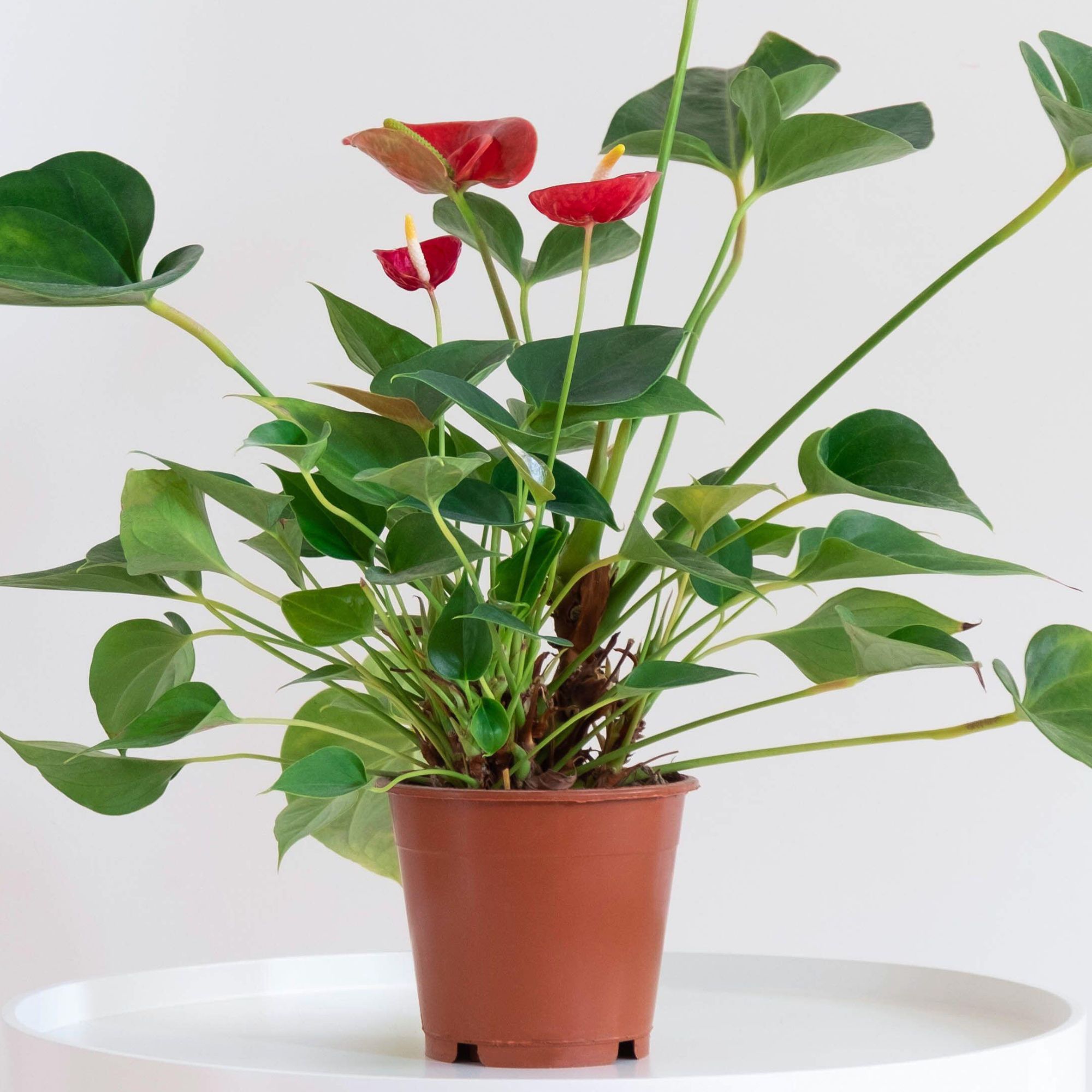 How to propagate anthurium – the three best ways to double these pretty tropical plants
How to propagate anthurium – the three best ways to double these pretty tropical plantsWhether you propagate anthurium through cuttings or separation, you'll love these ways to increase your collection
By Holly Reaney
-
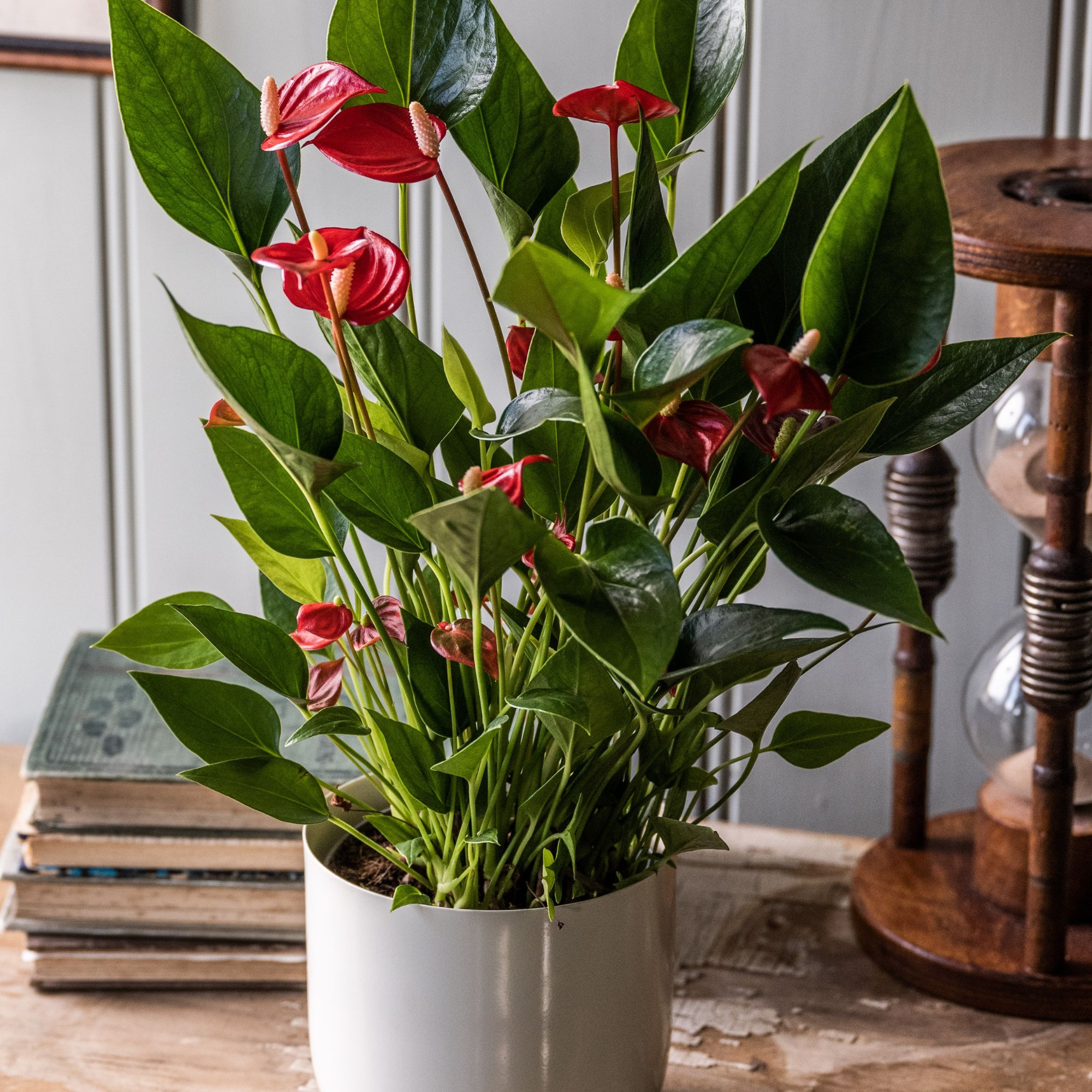 How to care for Anthurium for long-lasting vibrant and tropical colour
How to care for Anthurium for long-lasting vibrant and tropical colourWith their vibrant colours and tropical look, Anthurium andraeanum or Flamingo flowers make for an eye-catching addition to a kitchen, bathroom or conservatory
By Holly Reaney
-
 How to care for spider plants to get the most from this resilient beauty
How to care for spider plants to get the most from this resilient beautyThe retro houseplant is making a comeback – here's how it can thrive
By Holly Reaney
-
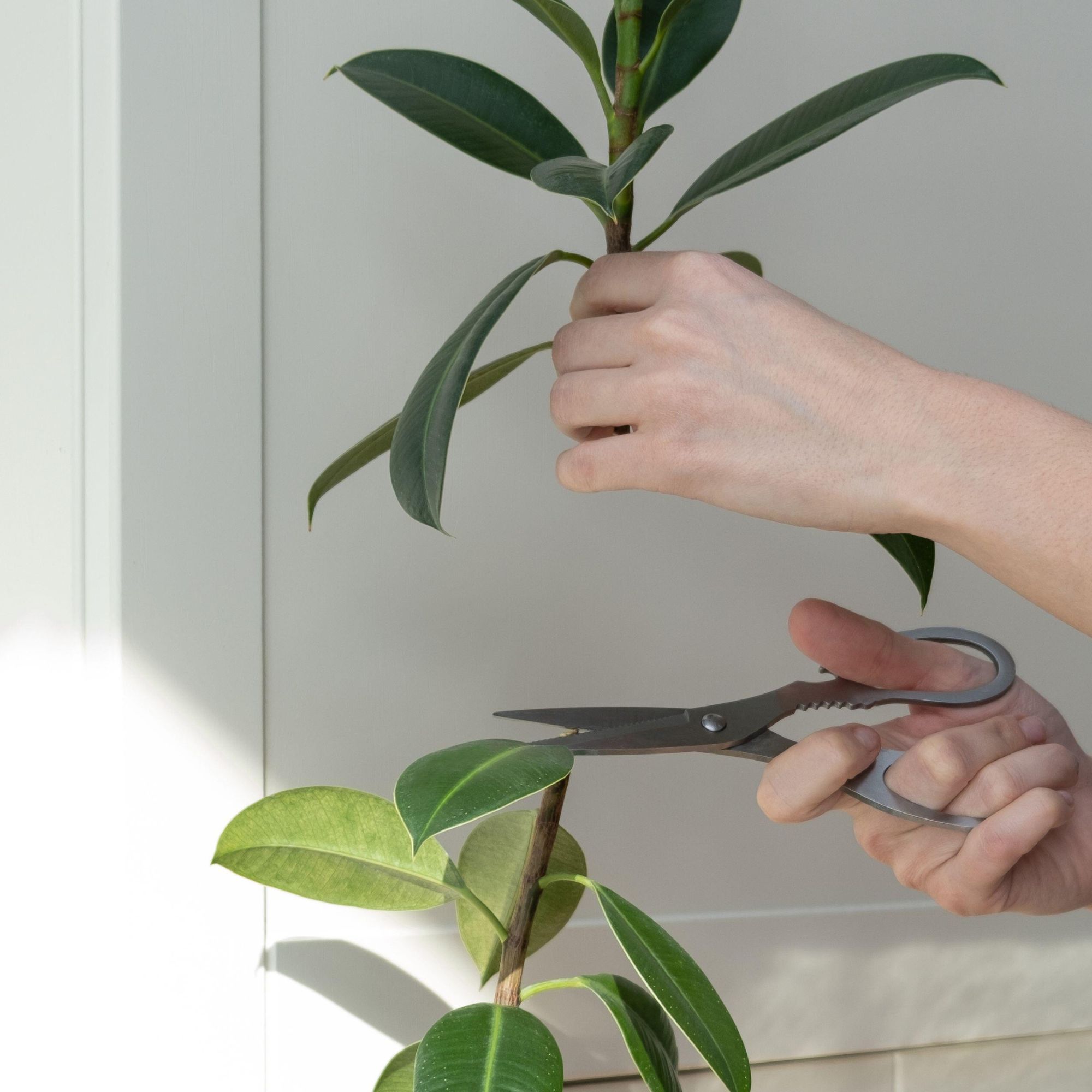 How to propagate a rubber plant - expand your houseplant collection for free
How to propagate a rubber plant - expand your houseplant collection for freeWhy have just one rubber plant when you can have loads?
By Holly Reaney
-
 How to care for a rubber plant – the almost unkillable houseplant
How to care for a rubber plant – the almost unkillable houseplantLow maintenance and fast-growing, the rubber plant is the perfect choice for beginners and ideal for making a statement in a home
By Holly Reaney
-
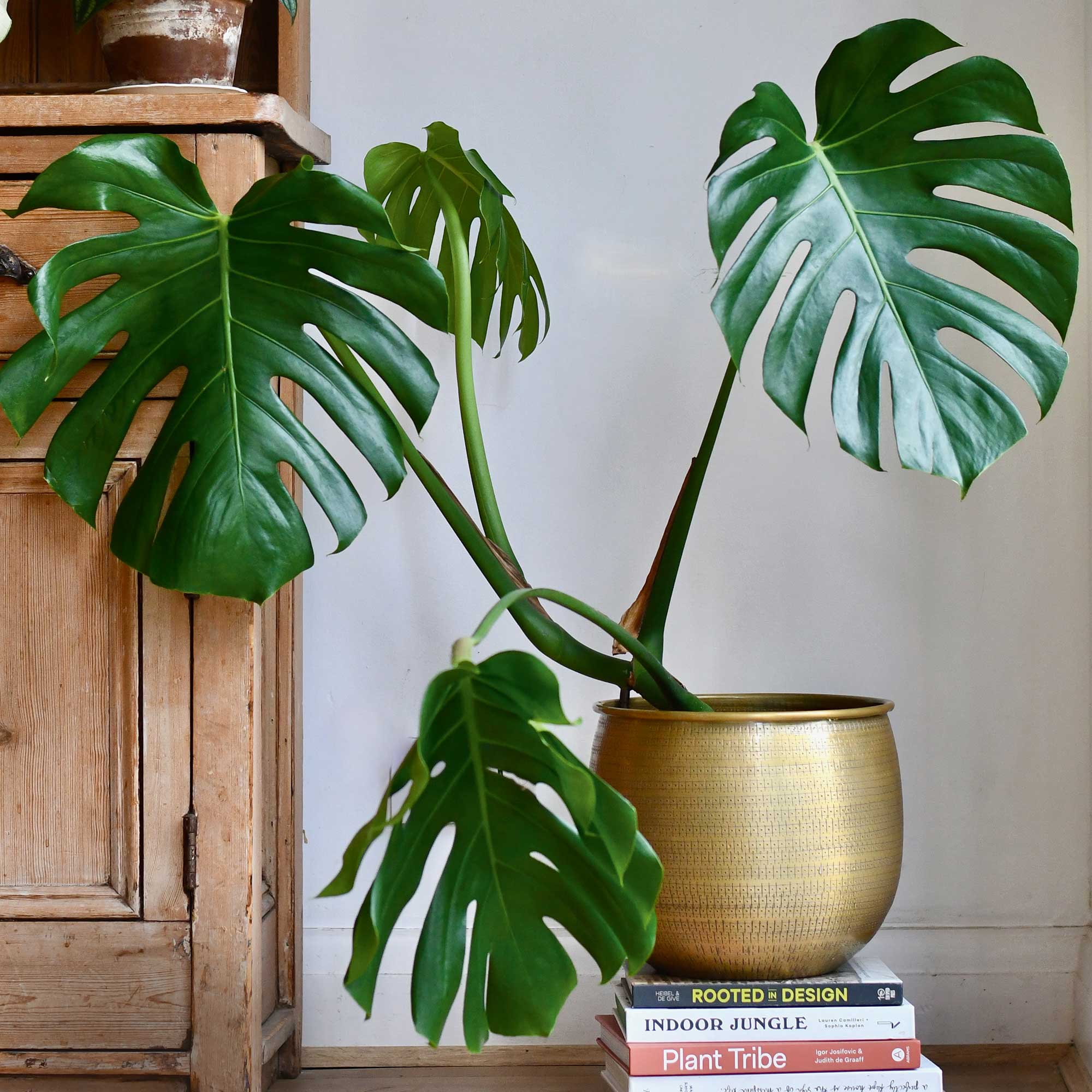 How to care for a monstera deliciosa – the gentle giant of the houseplant world
How to care for a monstera deliciosa – the gentle giant of the houseplant worldHow to care for a monstera deliciosa, including where to position, when to water and how to propagate
By Holly Reaney
-
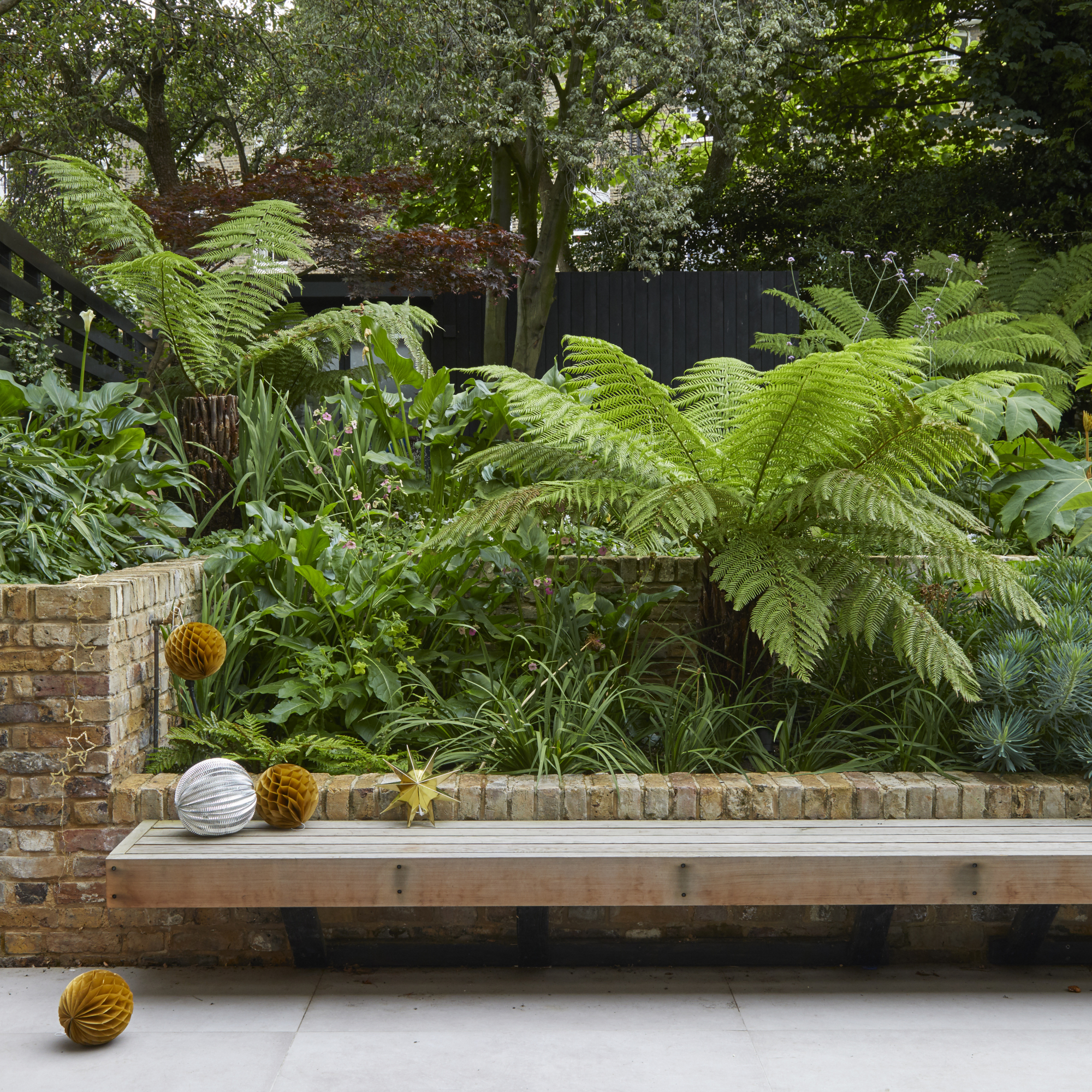 When to cut back ferns to keep them looking their best
When to cut back ferns to keep them looking their bestLearn when to cut back ferns to keep these hardy garden stalwarts in tip-top condition
By Rachel Crow
